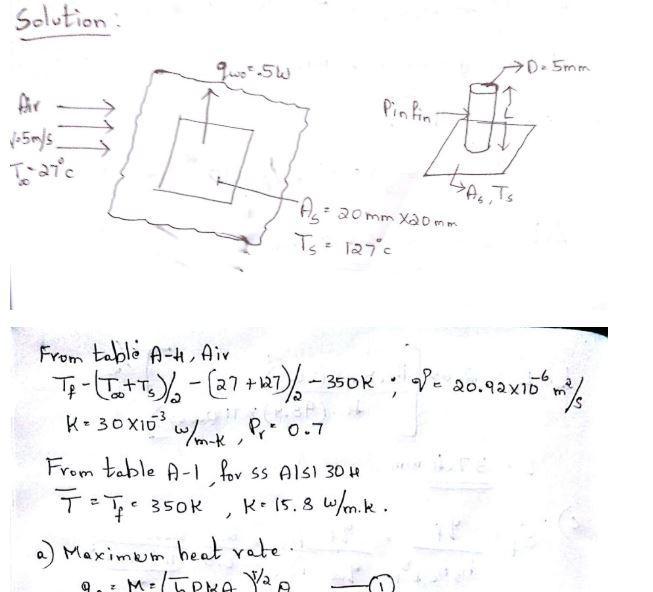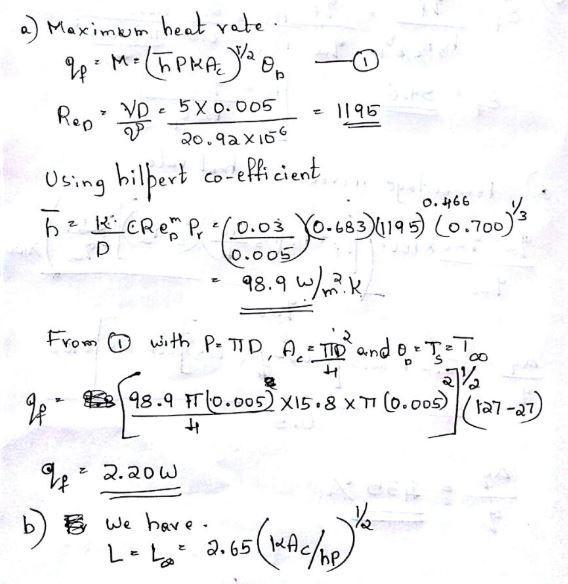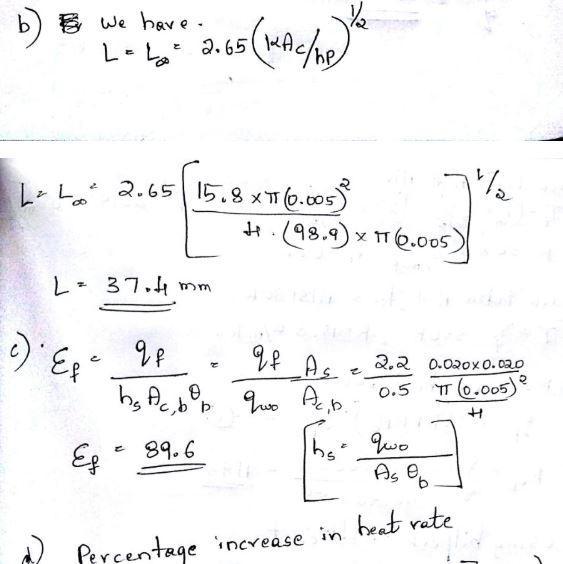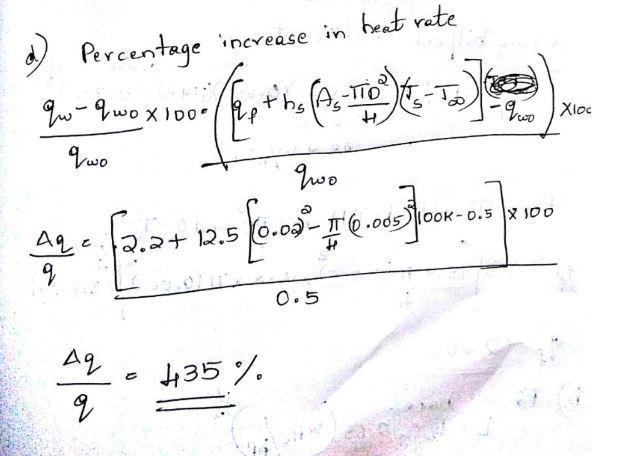EP Electric has identified two new methods to treat its cooling water. Alternative D(for inflow) would treat the raw water with a conventional reverse osmosis system so that the cycles of concentration could be increased from 5 to 20, This will result in water cost savings of $360,000 per year and chemical cost savings of $56,000 per year. The initial cost of the equipment will be $2.3 million with an operating cost of $125,000 per year Alternative B (for blowdown) will treat the cooling tower blowdown water using a highpressure seawater reverse osmosis system to recover most of the water that is sent to an evaporation pond. This option will result in water sav- ings of $270,000 per year. The cost of the system will be $1.2 million with an operating cost of $105,000 per year. Assuming one of the two methods must be installed, determine which is preferred on the basis of the incremental ROR value using MARRof 5%per year, which is a typically low return expected of government projects. Use a 10-year study period with no salvage value for either system. (Note: See Problem 8.41 for more on this situation.)
-
Subject:
Engineering -
Author:
koko4 -
Created:
1 year ago
Answers 1
AI generated Answer
.
Alternative B is preferred since its incremental ROR value is higher.
The Incremental ROR value for Alternative D is calculated as follows:
Net Savings (NS) = Water Savings + Chemical Savings - Initial Cost - Operating Cost
NS = 360,000 + 56,000 - 2,300,000 - 125,000
NS = -1,809,000
Incremental ROR = (NS / Investment) * MARR
Incremental ROR = (-1,809,000 / 2,300,000) * 0.05
Incremental ROR = -0.073
Similarily, the Incremental ROR value for Alternative B is calculated as follows:
Net Savings (NS) = Water Savings - Initial Cost - Operating Cost
NS = 270,000 - 1,200,000 - 105,000
NS = -1,035,000
Incremental ROR = (NS / Investment) * MARR
Incremental ROR = (-1,035,000 / 1,200,000) * 0.05
Incremental ROR = -0.042
Since the Incremental ROR of Alternative B is higher than that of Alternative D, Alternative B is a preferred option in terms of ROR.
-
Rate an answer:
0
Do you know an answer? Add it here!
Unable to find an answer to your question?
Don't worry! There are several alternative approaches you can try to resolve your query. Here are some tips to help you find answers in different ways:
- Reframe your question: Sometimes, the way you phrase your question can limit your search results. Try rephrasing it using different keywords or providing more context to get better results.
- Utilize social media: Post your question on social media platforms, particularly those focused on professional or specialized topics. Twitter, LinkedIn, and Facebook groups can connect you with individuals who may have relevant expertise or experiences to share.
- Consult subject matter experts: Reach out to experts in the field related to your question. Many professionals are willing to help and share their knowledge. You can connect with them through email, LinkedIn messages, or by attending relevant conferences or events.
- Use our website to find your question through the search box above, or you can sign up to ask your question for our big educational community. Our experts will review your question, and you will get a quick and quality answer.
- Collaborate with others: If your question is related to a specific project or problem, consider collaborating with others who might have complementary skills or knowledge. Teamwork can lead to innovative solutions and shared insights.
Remember, the process of finding answers often involves persistence, creativity, and an open mind. By exploring various resources, reaching out to others, and being proactive in your search, you increase your chances of finding the information you need. Happy quest for knowledge!
Choose a language and a region
How much to ban the user?
1 hour
1 day
100 years




